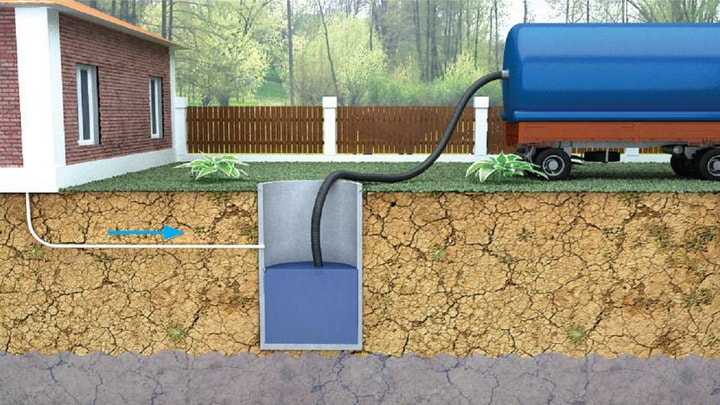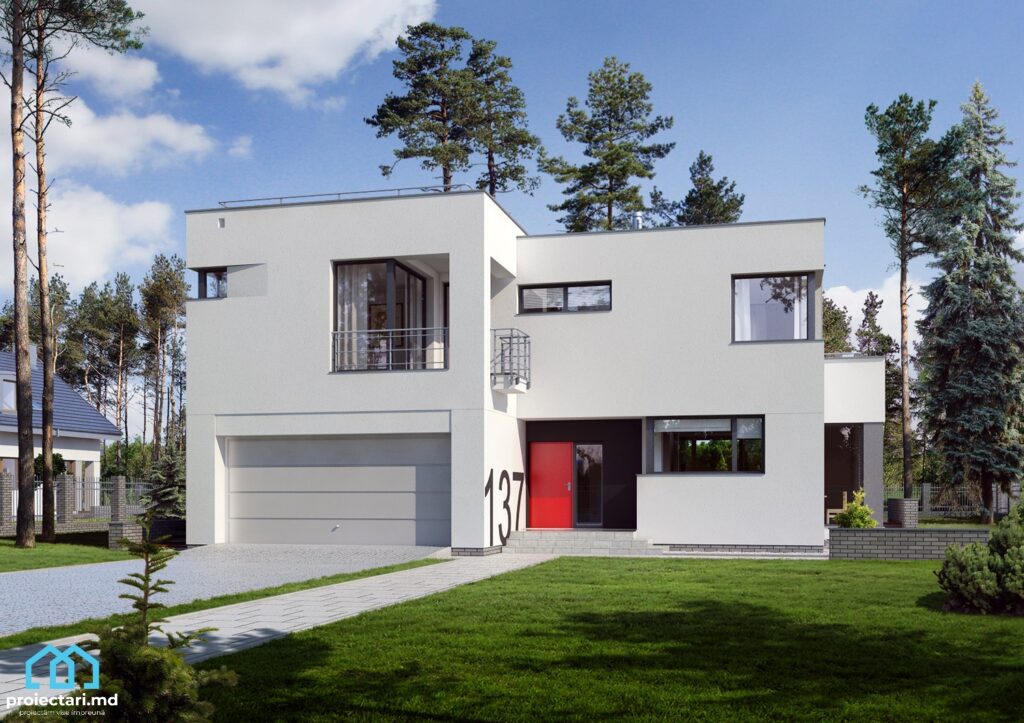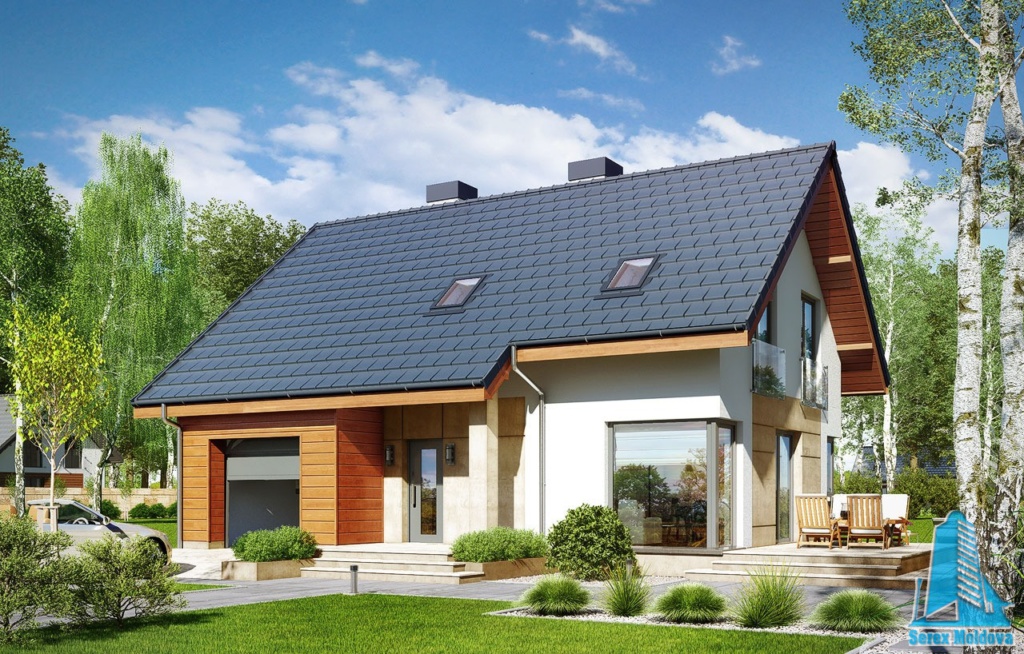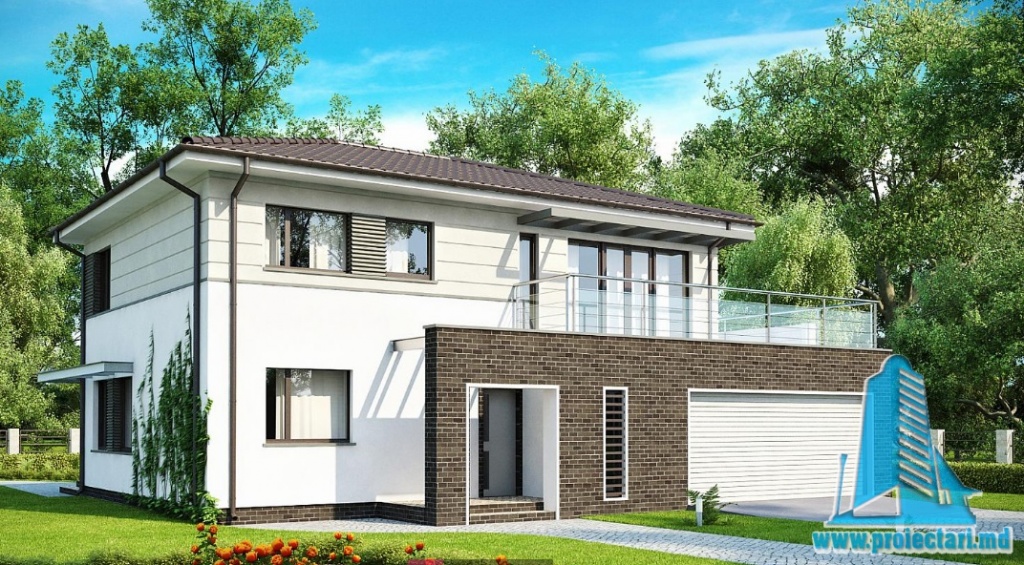There is nothing difficult in installing drainage pits. In no case do I plan to put the handkerchief on the drum, to appear more cunning than the fox with the grapes, on the contrary I wrote today’s article to confirm the statement that theoretically a septic tank can be installed by a beginner. I will bring here some tricks and nuances, which will help you install everything from the first, without the need for the intervention of a “Nikolai Petrovici, with higher education in Moscow, the faculty “I used to do everything there, including plasterboard and masonry…. ” You know for sure how the ballad continues…
Always those who are not connected to a sewage system, wait for the coming of the masters (drainage pits) for some kind of “Panacea” for all the problems related to them and drag their hopes like a tail bear while their cesspool is being worked on. drainage. My experience in this matter amounts to decades, so I want to share with you some life tricks.

The conclusion is that many villages in the Moldavian Region, and not only, do not have a central sewage system, despite the fact that the homes in them are considered elite. Cottage dwellers make drainage pits using an effective and budget option.
Holes are dug to different depths, depending on the amount of work, as well as where the groundwater is located.
When the water depth does not exceed 1 meter, then the depth of the hole will be equal to 1 meter, respectively. To install it, you will need a meter ring, preferably its diameter should be wide enough – at least 2.2 meters.
If the depth of groundwater is 2 meters, the depth of the hole will be 2 meters, ie. 2 rings. But its diameter can be reduced – about 1.7 meters.
For example, consider a hole slightly more than 3 meters deep with 3 rings:
- We lower the concrete bottom into the dug hole, placing it on the existing soil below. You can sprinkle the clay with crushed stone, but I do not recommend this for a few reasons, which I will share with you below;
- We install rings on top of the concrete bottom, close everything with a cover on which a plastic hatch should be installed. Through this you will pump the waste and also check the condition of the well.

In addition, you can treat the rings with bitumen and cover the seams with cement mortar. I omit these points, because the cracks and pores are eliminated by themselves over time: they are sealed by all kinds of microorganisms that live in the pit. They form a thick, reliable film , through which “the enemy will not pass”.
As a rule, customers need such pits. If necessary, pits must be pumped; this is done approximately every month. A pumping procedure costs 700 lei (approximate amount).
There is another 2-pit option that is more effective but less popular. People think that installing such a double pit is an expensive proposition. In fact, it allows you to save your budget many times over.
Keep a secret for free!
Waste and water fill the pit to the top. If you use a small life hack, the hole will not be filled to the top. It is necessary to install a special unit in it that will separate clean water from garbage. Solid and heavy particles settle always at the bottom, and a film of grease and dirt forms on top. In the middle is clean water, which must be separated.
A three-headed piece installed on the overflow pipe will help with this problem. It will easily separate clean water so you won’t have to use a drain for a year.

The advantage is that there is no contamination of the soil. In my 15 years of work in the field of architecture, I have repeatedly seen what the soil under the drainage pit turns into.
Colleagues Once dismantled a 10-year-old pit, the soil under which was contaminated only 30 cm down, and this despite the fact that the bottom of this pit was not concreted.
Due to the overflow, it will be possible to save approximately 3000 lei annually. Within 3 years, the funds spent on the installation of such a pit will be fully recovered. The life of a drainage pit reaches several decades. And it is enough to pump once every two years.
I promised to tell you why crushed stone is not added to the bottom of the hole. This material is simply water permeable.
Microorganisms living in the pit will block all the pores between the crushed stones, and the water will have no way out. I saw that it was necessary to open many holes to remove all the gravel from the bottom!












































